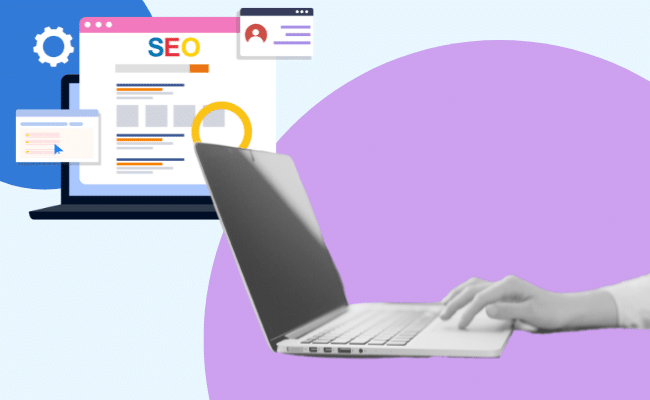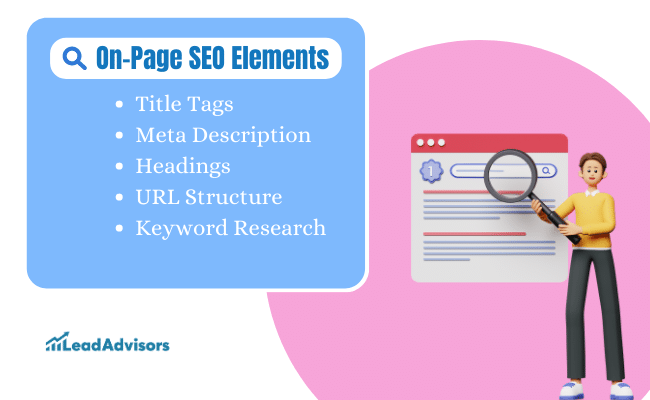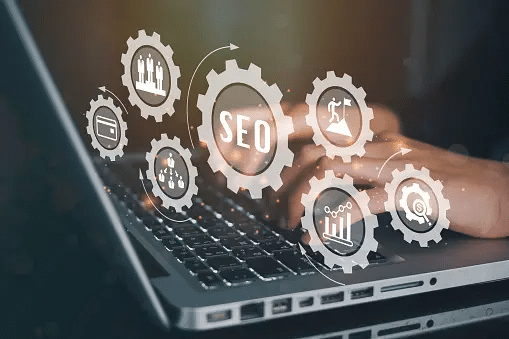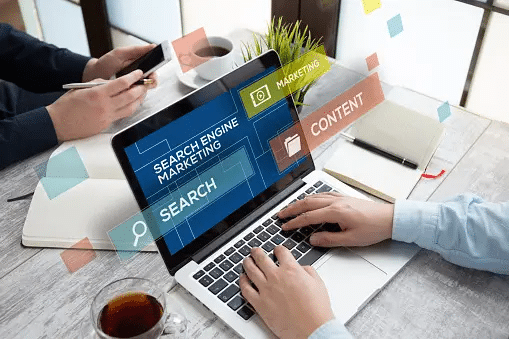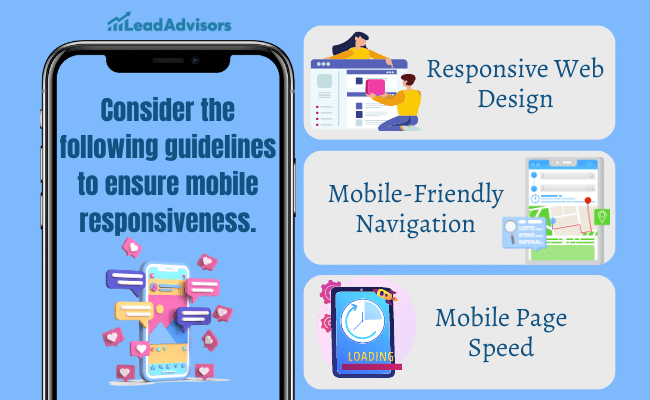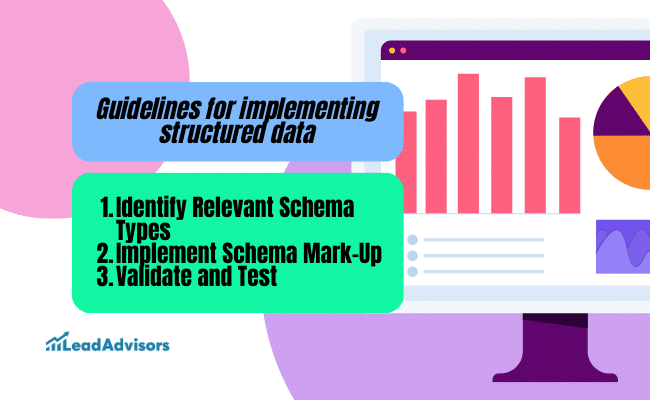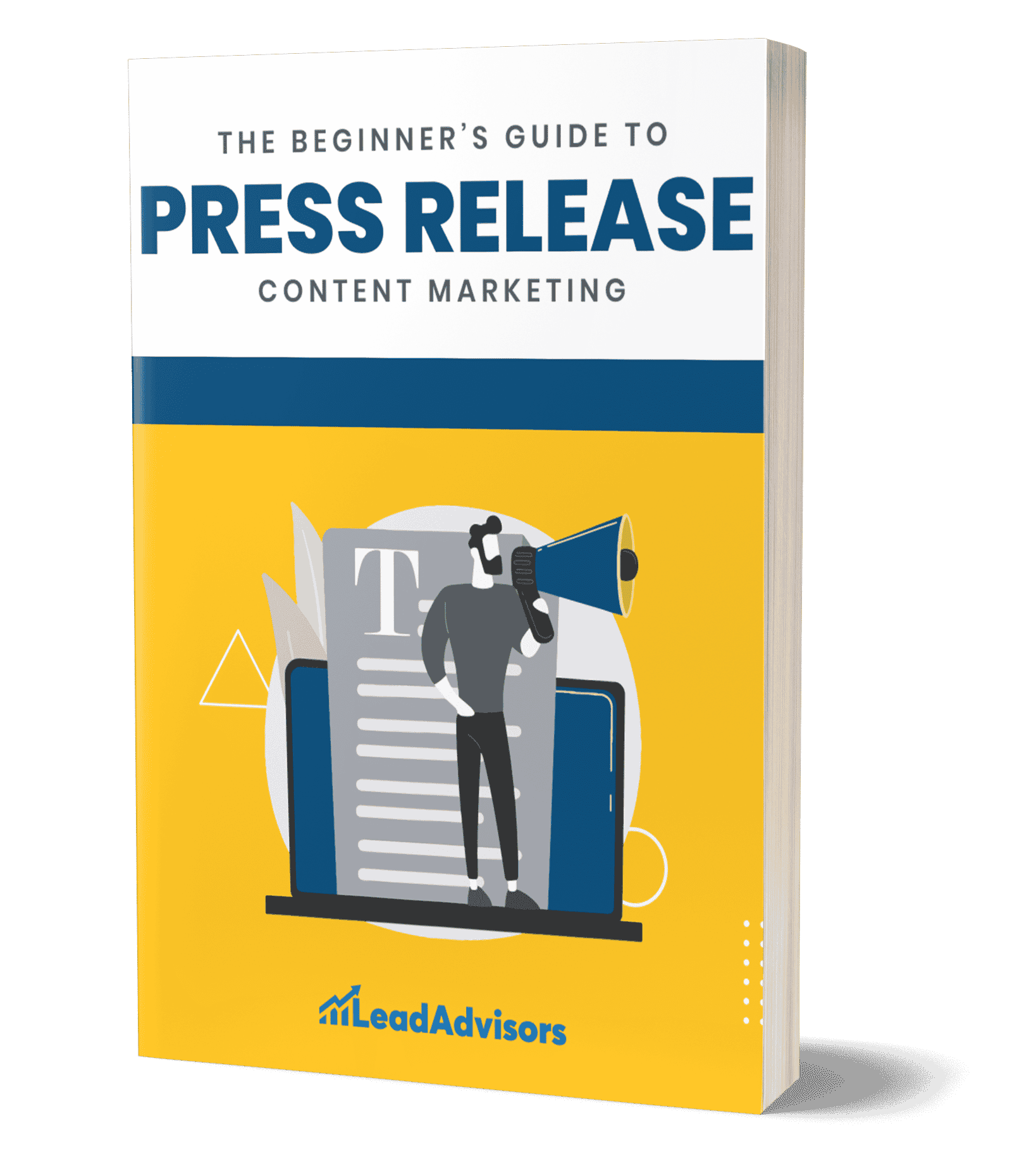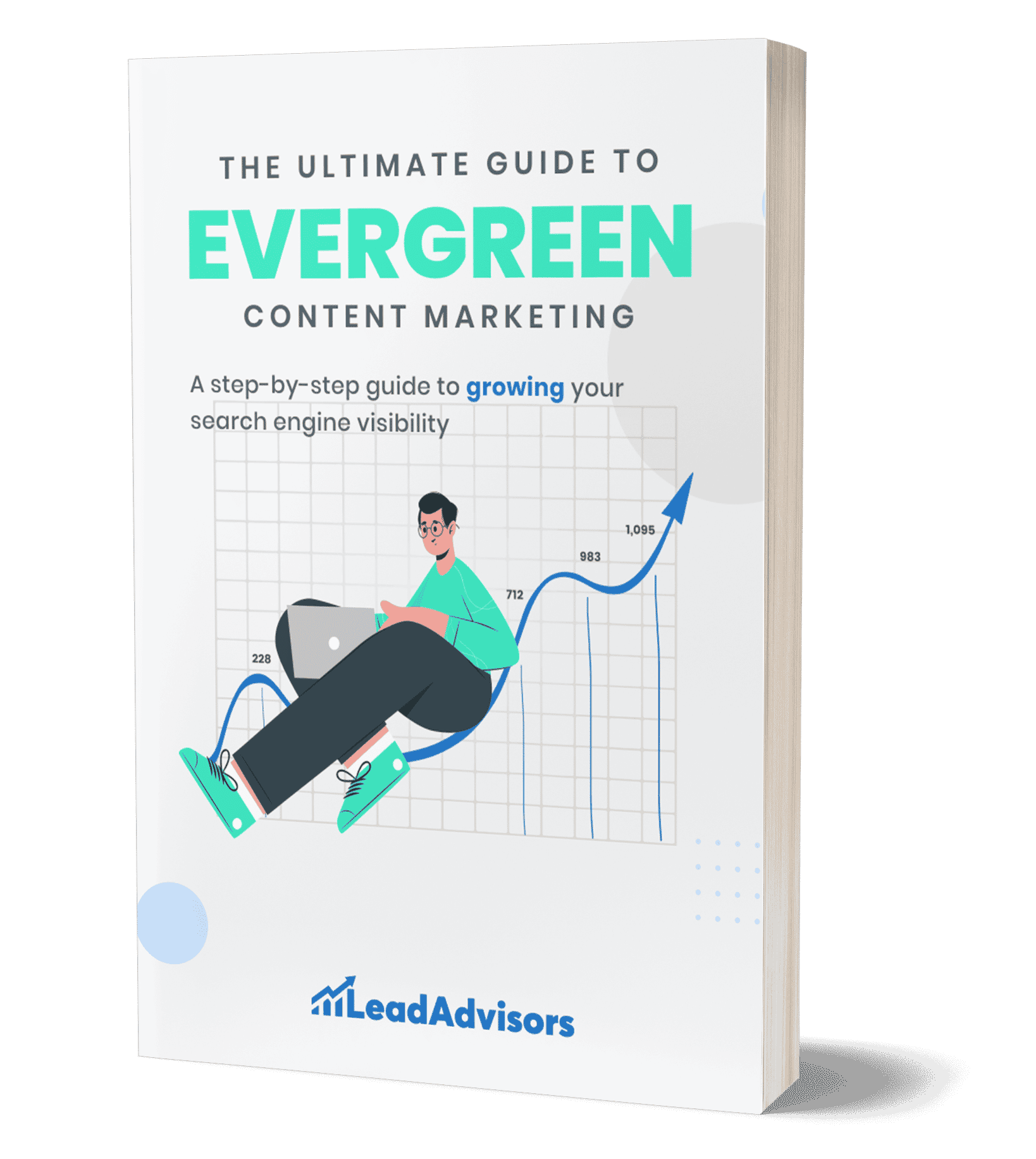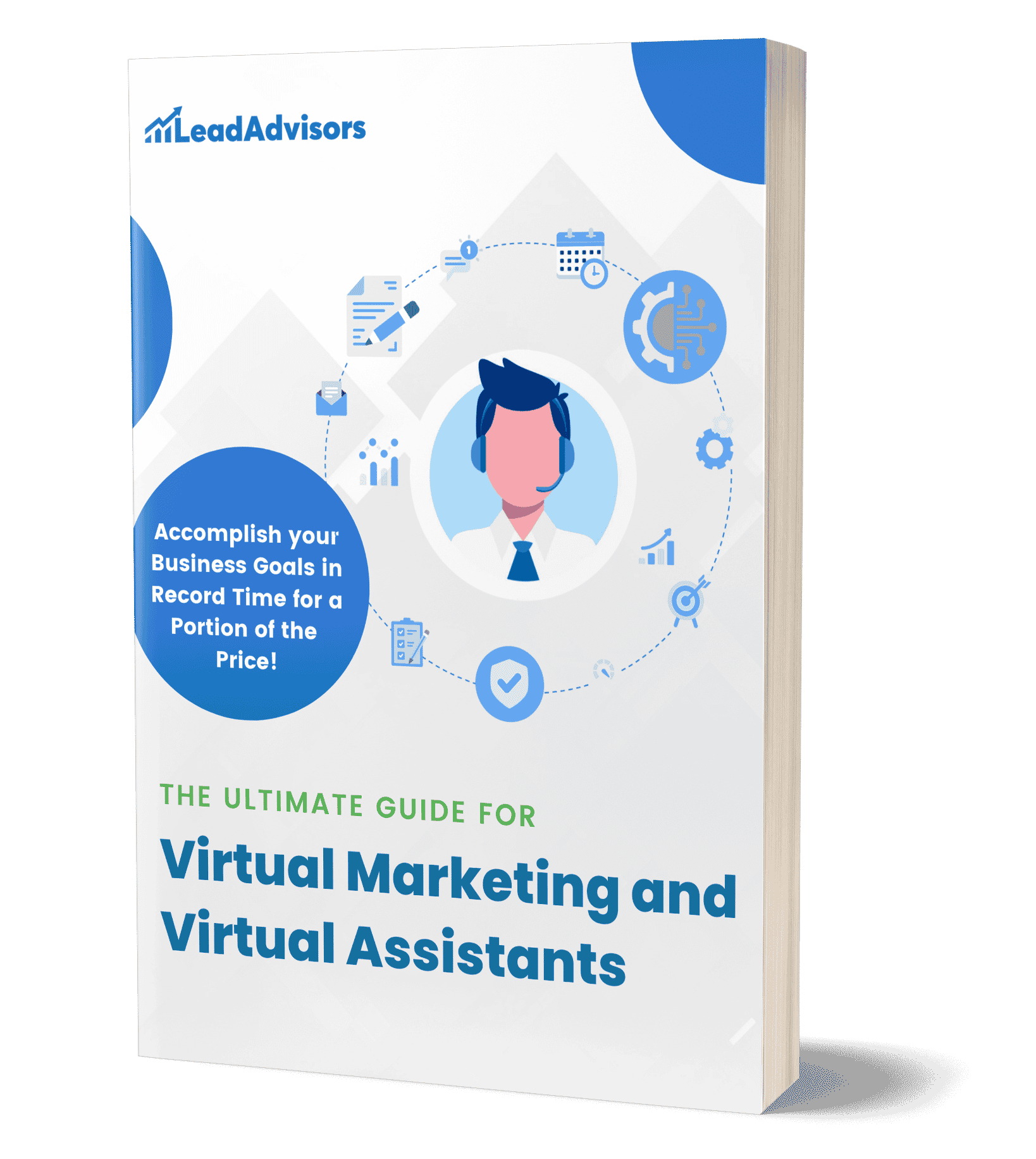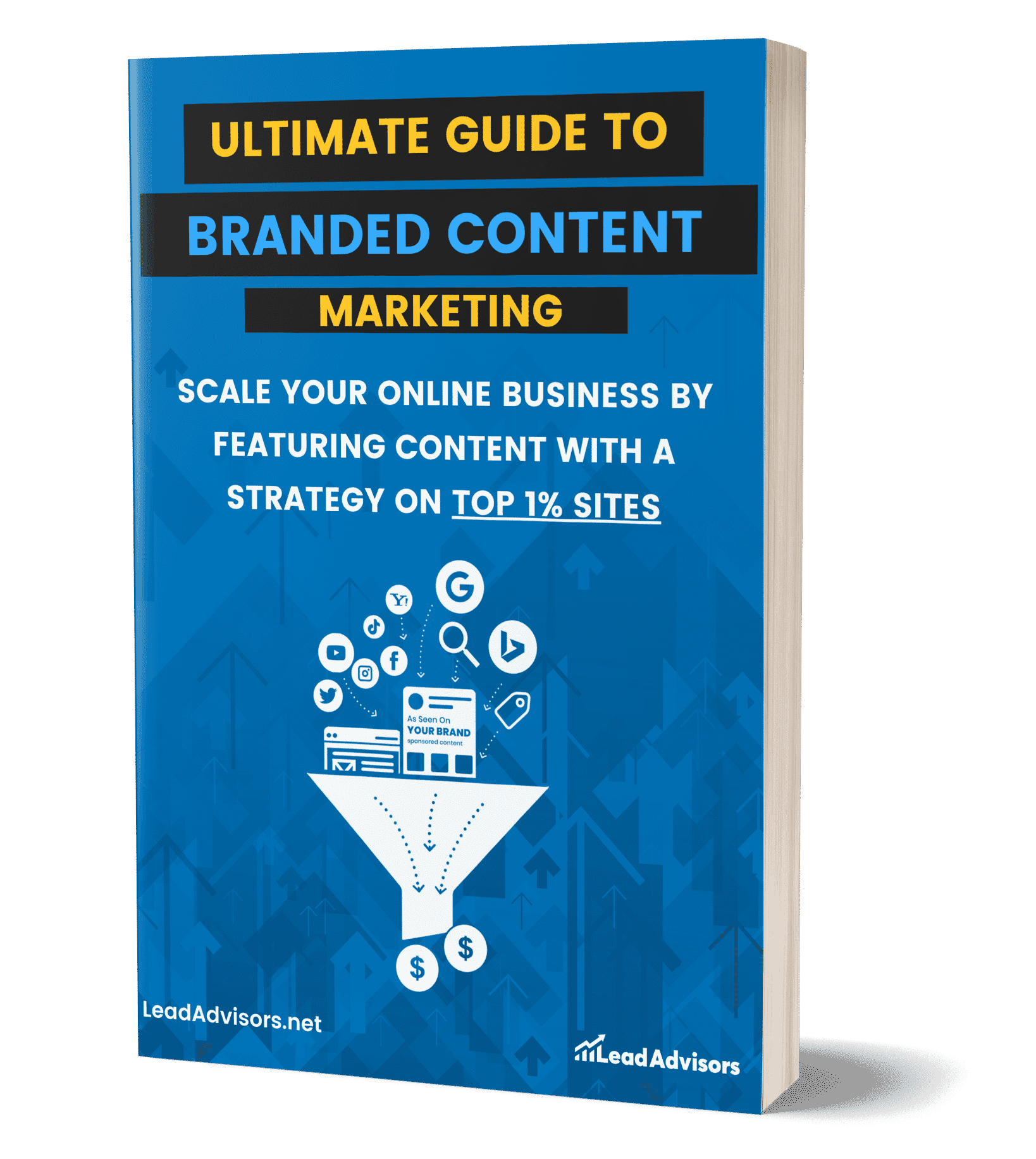Is your business website struggling to get noticed by search engines? Are you seeking to enhance your site’s architecture, increase online visibility, and attract organic search traffic? The crucial aspect to focus on is mastering on-page SEO.
Accordingly, this comprehensive guide to on-page SEO will provide the strategies and techniques to enhance your website’s on-page elements and improve your search engine rankings.
The success of e-commerce and business websites greatly depends on the significant role of on-page SEO. By optimizing elements of on-site SEO, like title tags, meta descriptions, and content, you can improve your website’s visibility and attract targeted traffic.
This guide will delve into the significance of on-page search engine optimization (SEO) and the advantages it can bring to your business’s web pages. Let’s delve into and uncover the strategies for mastering on-page SEO specifically tailored for page content on your business website.
Why is On-Page SEO Important?
On-page SEO is critical to optimizing your business website for search engines. It involves optimizing various elements within your web pages to improve their visibility and relevance in search engine results.
Altogether, on-page SEO is crucial in aiding search engines to comprehend the content and context of your web pages. By optimizing these elements, you send clear indications to search engines regarding the intent and significance of your website.
As a result, this process assists search engines in boosting the ranking of your web pages in search results, attracting more search traffic, and enhancing the chances of your site visitors being discovered by your intended target audience.
Key On-Page SEO Elements for Website Optimization
Several key on-page elements contribute to your website’s overall optimization. It’s important to examine each of these elements more closely.
Title tags
Title tags define a web page’s title and are displayed as clickable headlines within search engine results. Basically, you can optimize your title tags by including relevant keywords and creating compelling titles that accurately represent your page’s content.
Meta descriptions
Meta descriptions provide summaries below the title tags in search results. While they don’t directly impact search engine rankings, well-crafted meta descriptions can entice users to click on your page.
Headings
Headings (H1, H2, H3, etc.) provide structure and hierarchy to your content. Search engines use titles to understand the organization of your page. Please use relevant keywords in your headings and ensure they accurately reflect the following content.
URL structure
A clean and user-friendly URL structure is important for search engines and users. Include keywords in your URLs and use hyphens to separate words. Certainly, a clear URL structure makes it easier for search engines to crawl and understand your website’s pages.
Keyword research
Conduct comprehensive keyword research to determine the pertinent terms and phrases that your intended audience is seeking. Tools like Best SEO Chrome Extensions can make this process faster and more effective. Use these keywords naturally throughout your content, including in headings, subheadings, paragraphs, and image alt text.
Crafting SEO-Friendly Content
When it comes to on-page SEO, high-quality content is the key to success. Crafting captivating and pertinent content captivates your audience and is important in enhancing your website’s search engine rankings.
At first, search engines prioritize delivering valuable and relevant content to users. Generating useful and informative content can position your website as a reliable and credible information hub, attracting organic traffic. Reviewing Best Blog Examples can also give you inspiration for creating high-quality, SEO-friendly articles. However, engaging high-quality content keeps visitors on your site longer, reduces bounce rates and more traffic, and increases the likelihood of conversions.
Keyword research forms the foundation of SEO-friendly content. Identify relevant keywords that align your search intent with your target audience’s search intent. These keywords should have a balance between search volume and competition.
Incorporate them naturally throughout your content, including in headings, subheadings, and body paragraphs. However, avoid keyword stuffing, as it can further harm your search rankings.
How to Captivate the Audience with On-Page SEO
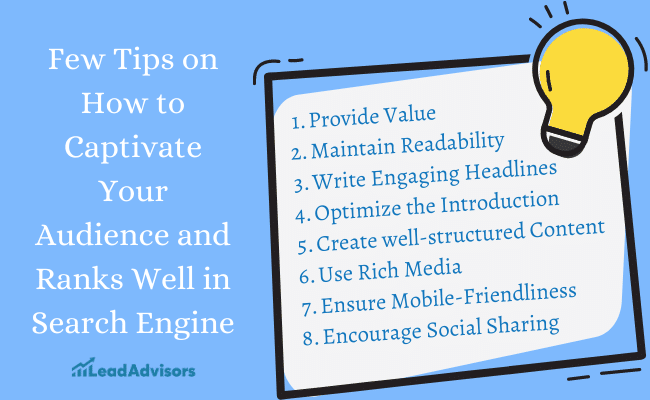
To craft SEO-friendly content that captivates your audience and ranks well in search engines, follow these guidelines and a few tips:
Provide Value with On-Page SEO
Create content that answers your audience’s questions, solves their problems, or fulfills their needs. Even more, offer unique insights, practical tips, and actionable advice.
Maintain Readability
Format your content for easy readability. Similarly, short sentences, paragraphs, bullet points, and subheadings summarize the text. Include relevant images, videos, or infographics to enhance comprehension.
Write Engaging Headlines
Craft attention-grabbing headlines that pique curiosity and accurately represent your content. Further, incorporate target keywords near the beginning of your headline for better optimization.
Optimize the Introduction with On-Page SEO
Hook readers with a compelling introduction that provides a clear overview of what they can expect from the content. This aligns with principles of Growth Marketing, where strong messaging connects with audience intent from the start. Indeed, include the target keyword early on to establish relevance.
Create Well-Structured Content
Organize your content with a logical flow. Use headings (H2, H3, etc.) to break down the content into sections and subtopics. Simultaneously, it helps search engines understand the build and relevance of your content.
Use Rich Media
Incorporate relevant images, videos, or interactive elements to enhance the UX experience and make your content more engaging.
Ensure Mobile-Friendliness
As mobile usage increases, optimize your content for mobile devices. Use responsive design and avoid elements that may hinder mobile accessibility.
Encourage Social Sharing
Lastly, include social sharing buttons to encourage readers to share your content on social media platforms. Increased social sharing can lead to more visibility and potential backlinks.
Optimizing Title Tags and Meta Descriptions
Title tags and meta descriptions are crucial in on-page optimization as they directly impact your website’s appearance in search engine results pages (SERPs).
To optimize this web page‘s title and meta descriptions for better on-page SEO, consider the following best practices:
Include the Target Keyword
Incorporate your target keyword naturally into the title tag and meta description. This helps search engines to explicitly comprehend the importance of your page and improves the chances of ranking for relevant searches.
Be Descriptive and Compelling
Craft titles and descriptions that accurately represent the content of your page and entice users to click. Hence, use clear language, highlight unique selling points, and create a sense of urgency or curiosity to attract attention.
Maintain Optimal Length
Title tags should ideally be 50-60 characters long, while meta descriptions should be 120-160 characters long. Keeping them within these limits ensures they are fully displayed in search results, increasing the likelihood of clicks.
Provide Relevant Information with On-Page SEO
Generally, convey what users can expect from your page. Incorporate key benefits, features, or solutions that address their needs or problems. This helps users determine if your page aligns with their search intent.
Avoid Keyword Stuffing
While including the target keyword is important, avoid stuffing it excessively into your title tags and meta descriptions. Focus on natural and meaningful language that appeals to search engines and users.
Differentiate from Competitors
Analyze your competitors’ title tags and meta descriptions. Craft unique and compelling narratives that stand out and provide additional value or benefits to users.
Likewise, optimizing title tags and compelling meta descriptions improves search engine visibility and attracts clicks from search engine users. Crafting a persuasive meta description and relevant page title descriptions increases the chances of customers clicking on your page instead of competitors’ pages. This can lead to higher click-through rates, increased organic traffic, and improved user engagement metrics.
In 2025, well-optimized title tags remain a crucial SEO factor with a stronger impact on click-through rates (CTR) than meta descriptions. They significantly boost user engagement by clearly aligning with search intent. While meta descriptions do not directly influence rankings, they still play a meaningful role by enhancing CTR through compelling summaries and calls to action.
Enhancing Website Structure and Navigation with On-Page SEO
A well-organized website structure and user-friendly navigation are vital components of on-page SEO.
Tips to optimize your website’s structure and navigation for better on-page SEO:
Simplify URL Structure
Ensure your URLs are descriptive and concise and include relevant keywords. Similarly, using hyphens to separate words makes them easier for users and search engines to understand.
Create a Logical Hierarchy
Organize your content into categories, subcategories, and pages. Likewise, use heading tags (H1, H2, H3, etc.) to establish a clear hierarchy and indicate the importance of each section.
Implement Breadcrumbs
Breadcrumbs provide users with links that show their current location within your website’s structure. They improve navigation and help users understand the relationship between pages.
Optimize Internal Linking for On-Page SEO
Include relevant internal links within your content to guide users to related pages and distribute link authority. For example, a Shopify SEO Expert might use smart internal linking strategies to strengthen an eCommerce site’s rankings.” Additionally, anchor text should be descriptive and provide context for the linked page.
Improve Navigation Menus
Create intuitive and user-friendly navigation menus that are easy to locate and use. Ensure your menus are clear, organized, and accessible on every website.
Include a Sitemap
Generate an XML sitemap that lists all your website’s pages. Submit it to search engines to help them discover and index your content more efficiently.
An optimized website structure positively impacts your on-page SEO and overall website performance. It assists search engines in understanding the organization and relevance of your page content, leading to better indexing and higher visibility of particular web pages in search results.
Additionally, a well-structured site architecture provides a seamless user experience, reducing bounce rates and increasing the chances of conversion.
Technical Optimization for On-Page SEO
Technical aspects play a crucial role in on-page SEO. Ensuring your website is technically optimized improves search engine visibility and user experience.
Particularly, website speed is a critical factor affecting user experience and search engine rankings. Slow-loading websites often lead to higher bounce rates and lower user engagement. Here are some guidelines for optimizing your website speed:
Optimize Image Sizes
Compress and optimize images without compromising their quality. Large image files can noticeably slow down your website, so it’s important to find the right balance between image quality and file size.
Enable Browser Caching
Leverage browser caching to store certain website elements, such as images, CSS files, and JavaScript, locally on a user’s device. This lessens the amount of data that needs to be reloaded on subsequent visits, improving load times.
Minify CSS and JavaScript
Minify your CSS and JavaScript files by removing unnecessary spaces, line breaks, and comments. This reduces file sizes and improves your website’s loading speed.
Use a Content Delivery Network (CDN)
Implement a CDN to deliver your website’s static files from servers closer to your users. This reduces the distance data travels, resulting in faster loading times.
Mobile Responsiveness
With the expanding use of mobile devices for internet browsing, having a mobile-friendly website is crucial for on-page SEO. Especially, consider the following guidelines to ensure mobile responsiveness:
Responsive Web Design
Implement a responsive web design that adapts to different screen sizes and devices. This ensures that your website displays properly and functions well on mobile devices.
Mobile-Friendly Navigation
Optimize your website’s navigation for mobile users. Use a clear and easy-to-use menu, avoid small buttons that are difficult to tap, and ensure the overall user experience is seamless on mobile devices.
Mobile Page Speed
Pay attention to your website’s loading speed on mobile devices. Mobile users expect fast-loading pages, so optimize your website’s performance specifically for mobile users.
Schema Markup for On-Page SEO
Schema markup provides more context about your website’s content to search engines. By implementing schema markup, you can enhance your users’ search query engine visibility and increase your chances of appearing in rich snippets in Google searches.
Consider the following guidelines for implementing structured data:
Identify Relevant Schema Types
Determine the appropriate schema types for your website’s content. Understanding how schema impacts visibility in features like How to Rank in AI Overviews can further strengthen your on-page SEO strategy. This could include schema types for articles, products, events, reviews, etc.
Implement Schema Markup
Add the relevant schema markup to your web pages using the appropriate schema.org vocabulary. Generally, this provides search engines with additional information about your content, helping them understand its context and display relevant rich snippets in search results.
Validate and Test
Use tools like Google’s Structured Data Testing Tool or Schema.org‘s Structured Data Testing Tool to validate and test your schema markup. This ensures that it is implemented correctly and helps identify any issues or errors.
Optimizing Images and Multimedia
Another important aspect of image optimization is providing valuable context to search engines. Optimizing images and multimedia elements is crucial for on-page SEO. It improves your website’s visual appeal and contributes to its overall performance in Google search.
By optimizing image file names, image alt text tags, and captions for search queries, you help search engines understand the content and relevance of the images. Altogether, this increases the chances of your pictures appearing in relevant photos and other search engines’ results.
Reducing image file sizes is another essential optimization technique. Large image files can decrease your website’s speed, leading to higher bounce rates. Compressing and optimizing images without compromising quality is crucial for improving web pages, load speed, and user engagement.
When optimizing images, use descriptive file names that reflect the image content. Incorporating relevant keywords in the file names can provide additional context to search engines.
Alt tags and alternative text descriptions provide context when images cannot be displayed or for accessibility purposes. Craft descriptive image alt text and tags that accurately describe the image content and incorporate relevant keywords naturally.
In addition to file names and alt tags, consider providing captions for your images. Captions offer additional context and engagement opportunities. Craft concise and informative captions that describe the image and its relevance to the surrounding content.
Frequently Asked Questions
How often should I update my on-page SEO?
Does on-page SEO replace off-page SEO?
Can duplicate content hurt on-page SEO?
How does user experience (UX) affect on-page SEO?
Do images and videos really impact on-page SEO?
Conclusion
Overall, mastering on-page SEO is essential for the success of your business website. Simultaneously, by optimizing key elements and implementing effective strategies, you can improve search engine visibility, enhance user experience, and generate higher organic traffic to your site.
LeadAdvisors specializes in elevating your online presence through expert On-Page SEO strategies. Furthermore, this leading digital marketing agency optimizes key on-page elements to enhance your website’s visibility.
Moreover, from strategic keyword placement to crafting compelling meta tags, LeadAdvisors ensures your content aligns with search engine algorithms. Their tailored approach addresses URL structure, header tags, and internal linking, fostering an environment conducive to higher search rankings.
Basically, LeadAdvisors optimizes your content for search engines and your audience, resulting in increased organic traffic, improved engagement, and sustained online success.


